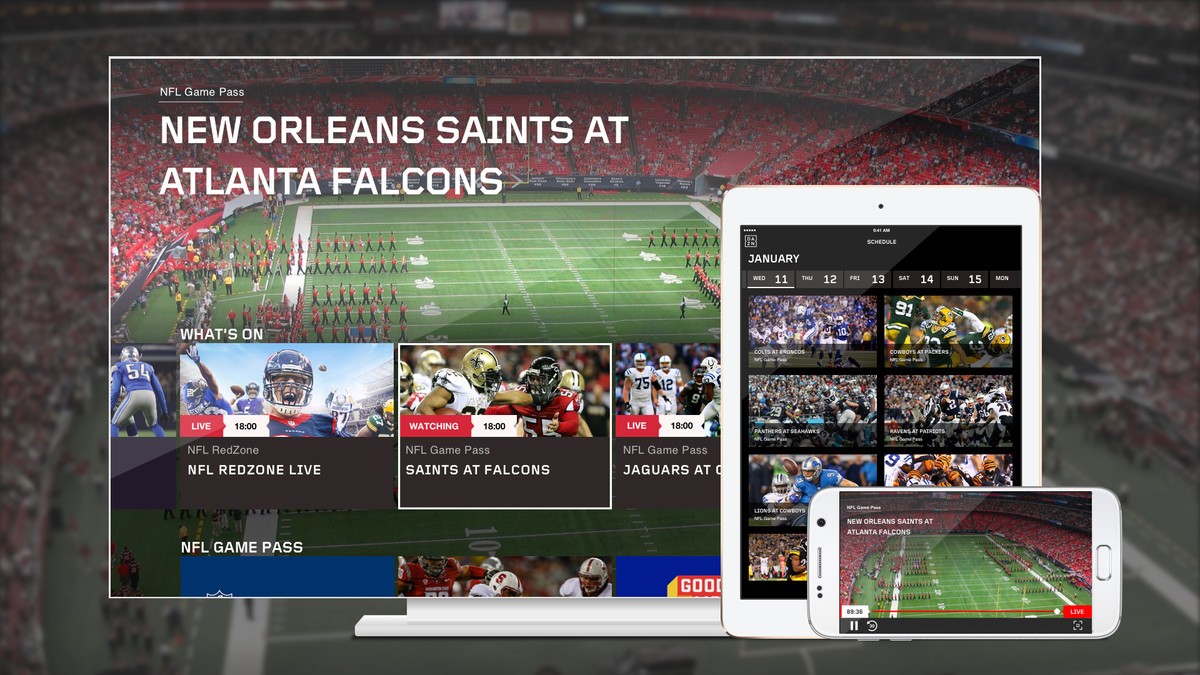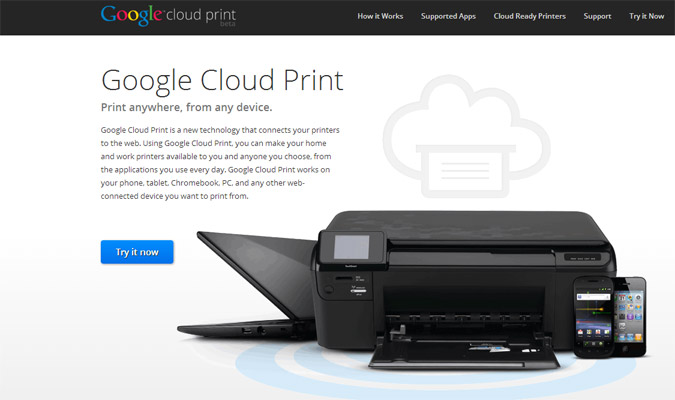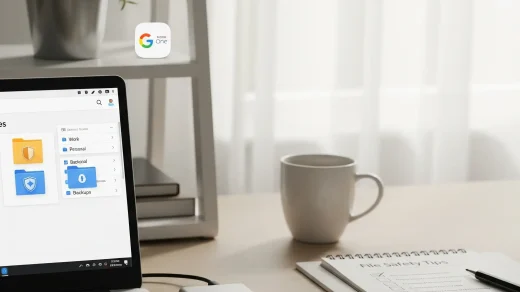How to Format SD Card or USB Drive on Chromebook
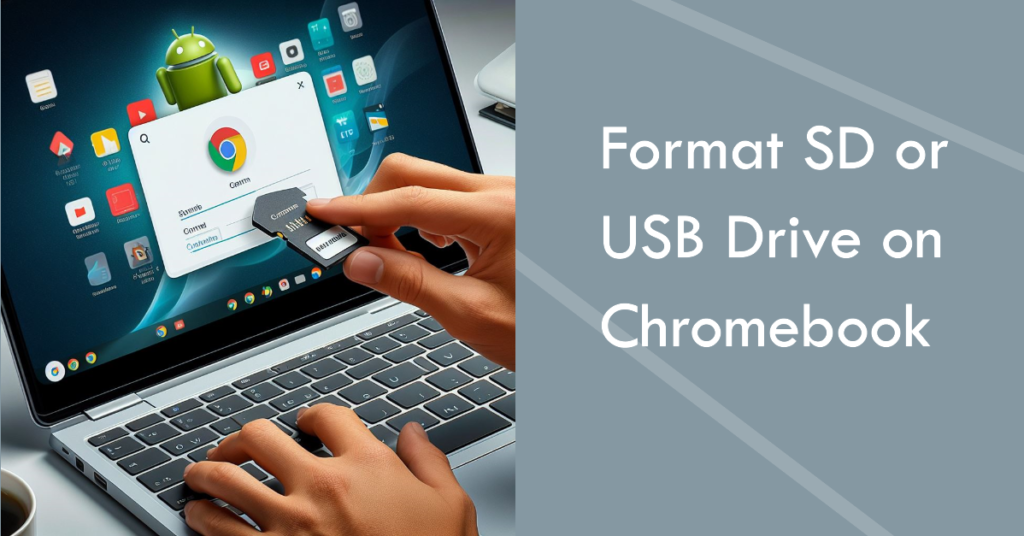 Hello everyone, on this page you will learn how to format your SD Card, USB Drive, and or an external device (like a hard drive) by following our step-by-step instructions. From my 15 years of daily tech adventures, I’ve discovered that giving your SD Cards and drives a good formatting once in a while not daily, weekly, or even monthly, but ideally once a year, can significantly extend their lifespan.
Hello everyone, on this page you will learn how to format your SD Card, USB Drive, and or an external device (like a hard drive) by following our step-by-step instructions. From my 15 years of daily tech adventures, I’ve discovered that giving your SD Cards and drives a good formatting once in a while not daily, weekly, or even monthly, but ideally once a year, can significantly extend their lifespan.
Format your SD card or USB drive on your Chromebook
1. Insert the SD card or USB drive:
- Locate an available USB port on your Chromebook and gently insert your SD card or USB drive.
2. Open the Files app:
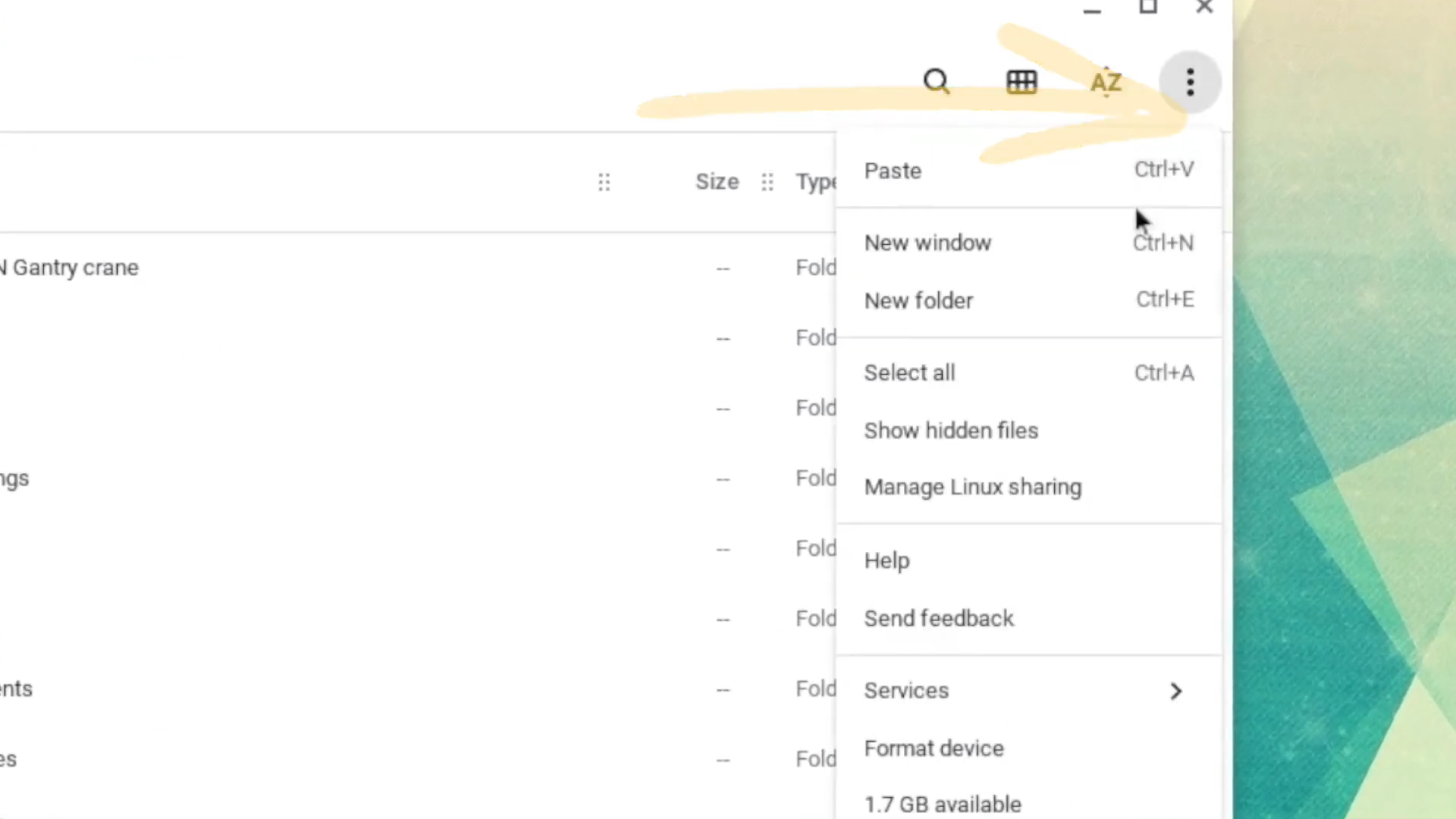
- Click on the launcher icon (usually located in the bottom left corner) and search for “Files.”
- Alternatively, you can press the keyboard shortcut
Alt + Shift + M.
3. Locate your drive:
- In the left-hand sidebar of the Files app, you should see a list of your connected devices.
- Identify the SD card or USB drive you want to format.
4. Format the drive:
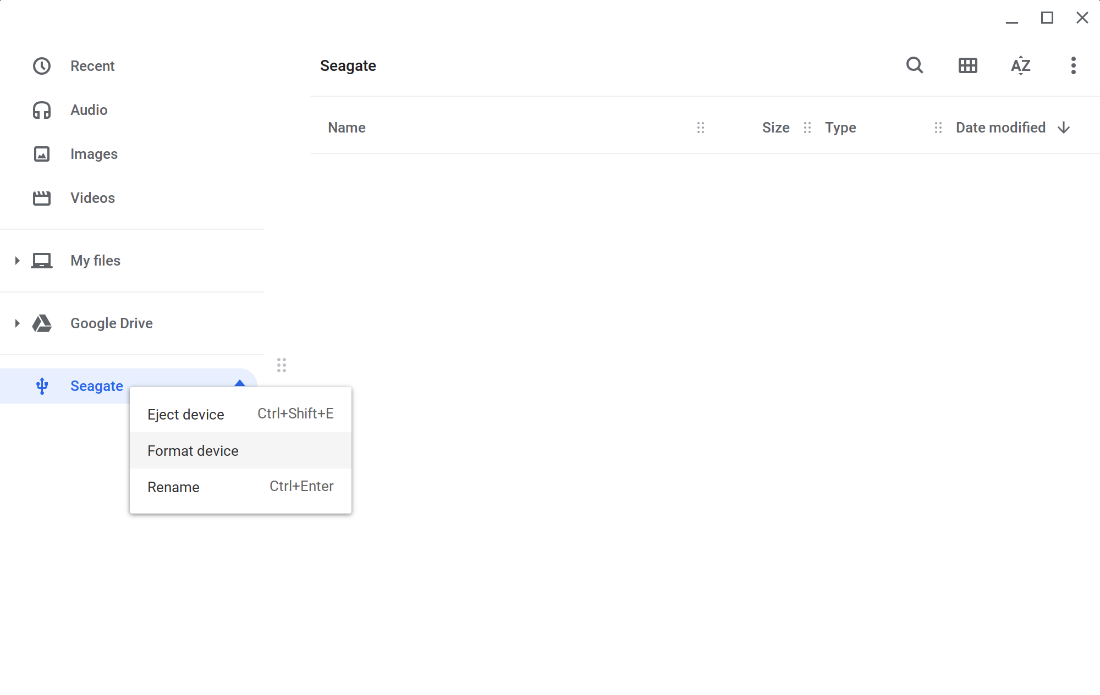
- Right-click on the drive you want to format.
- From the context menu, select “Format device”.
5. Choose formatting options:
- A new window will appear with options to format your drive.
- Enter a new name for the drive in the “Volume label” field (optional).
- Select a file system from the drop-down menu. Here’s a quick explanation of the options:
- FAT32: Compatible with most devices, but has a file size limit of 4GB.
- exFAT: Compatible with Windows, macOS, and ChromeOS, with no file size limitations.
- NTFS: Primarily used by Windows, not always readable by macOS and ChromeOS.
- Unless you have specific compatibility needs, exFAT is the recommended option for most users.
6. Confirm formatting:
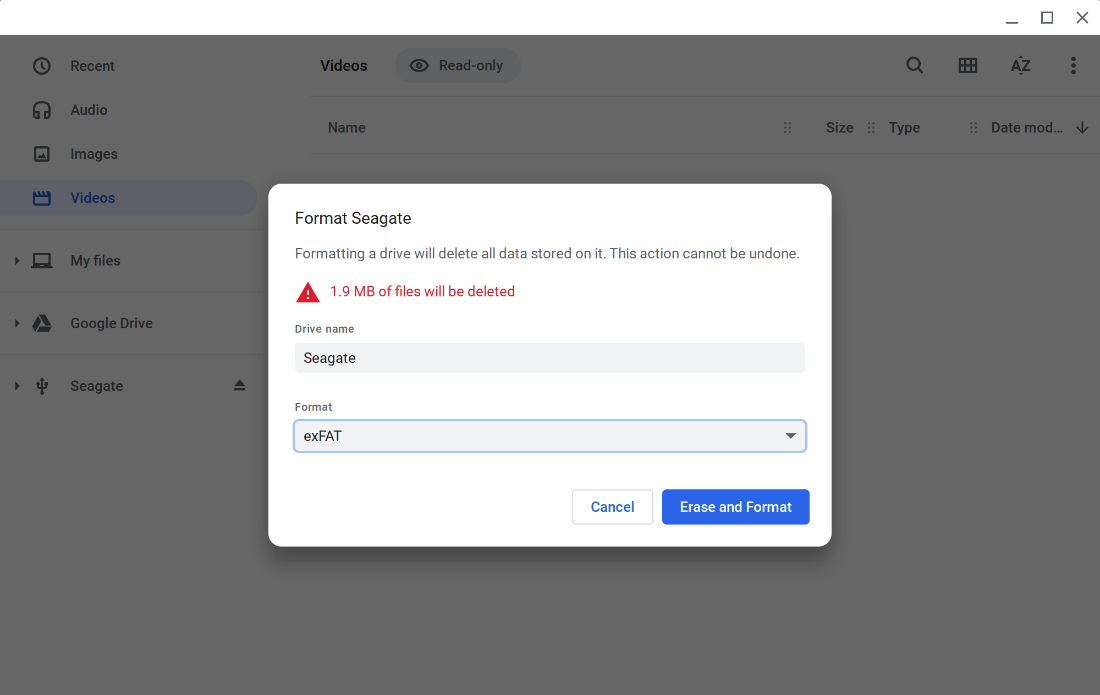
- Once you’ve chosen your formatting options, click the “Format” button.
- A confirmation window will appear, reminding you that formatting will erase all data.
- Click “Format” again to proceed.
7. Wait for the process to complete:
- The formatting process will take a few minutes, depending on the size of the drive.
- Do not remove the drive until the process is complete.
8. Verify the format:
- Once the formatting is finished, you should see the newly formatted drive listed in the Files app under its new name (if you changed it).
Instruction Video
You can also learn how to install Android apps on your Chromebook.
Discover more from Chrome Geek
Subscribe to get the latest posts sent to your email.
